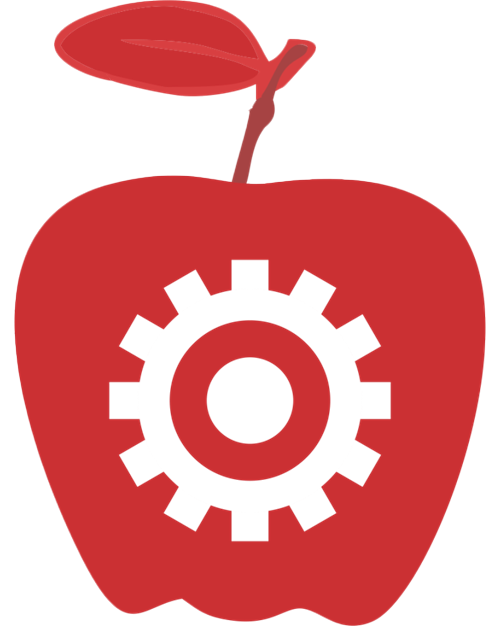
4
julioWhat Is Door Handle Fix And How To Utilize It
Door Handle Fix and Service: A Comprehensive Guide to Repairing and Maintaining Door Handles
Door handles may appear like minor parts in the architecture of a structure, yet they play a critical function in the functionality and security of doors. In time, door handles can yield to wear and tear, resulting in ineffectiveness and potential security vulnerabilities. This article will dive into the numerous techniques for fixing and servicing door handles, ensuring doors operate efficiently and firmly for many years to come.
Understanding Door Handle Types
Before embarking on any repair or maintenance procedure, it is necessary to comprehend the different kinds of door handles offered. Familiarity with these variations will assist in identifying the proper fixing approach.

Lever Handles: These are frequently discovered in homes and offices, characterized by a lever that you take down to open the door.
Knob Handles: The traditional choice, these round handles need more gripping and twisting movement to run.
Pull Handles: Found mainly on sliding doors, these handles require a pulling movement to open.
Mortise Handles: Integrated into the door, these handles consist of a locking mechanism, offering boosted security.
Sliding Door Handles: These include two parts-- one on the stationary door and one on the moving panel, typically equipped with a locking feature.
Comprehending the type of handle is fundamental, as each needs different servicing approaches.
Common Issues with Door Handles
Door handles might encounter different problems gradually. Acknowledging these issues early can assist avoid total handle failure. Here are a few of the most common problems related to door handles:
- Loose Handles: Handles that wobble or feel loose can be quickly repaired with a screwdriver.
- Sticking Mechanism: Handles that stick or jam can suggest a need for lubrication or adjustment.
- Broken Springs: In some cases, the internal spring mechanism might break, affecting the total function.
- Rust or Corrosion: Metal handles might rust or corrode gradually, impacting visual appeals and functionality.
- Misalignment: Handles that do not align appropriately with the locking mechanism can cause locking issues.
Step-by-Step Guide to Fixing Door Handles
Fixing door handles is an uncomplicated DIY task. Here's a comprehensive guide to help you through the process:
1. Evaluate the Problem
- Take a look at the handle for motion and listen for sounds. Is it loose? Sticking? Take notes on the symptoms to help with medical diagnosis.
2. Collect Necessary Tools
- Depending on the problem, you may require:
- Screwdriver (Flathead or Phillips)
- Lubricant spray (WD-40 or silicone spray)
- Replacement springs or components (if needed)
- Cloth for cleansing
- Pliers (for spring replacement)
3. Tighten Up Loose Handles
- If the handle is loose, find the screws within the handle and tighten them.
- For knob handles, you may need to get rid of the knob cover to access the screws.
4. Lubricate Sticking Handles
- Spray a lubricant around the base of the handle, the lock mechanism, and any hinges.
- Operate the handle several times to disperse the lube uniformly.
5. Change Broken Springs
- If the handle feels disjointed or loose due to a broken spring, remove it from the door.
- Take apart the handle to access the spring mechanism. Replace it with a brand-new one if essential.
6. Clean Rust or Corrosion
- Use a fabric to clean dust and gunk from the handle. A metal brush can help remove rust accumulation.
- After cleaning up, think about using a rust-resistant spray or polish for defense.
7. Realign the Handle
- In cases of misalignment, adjust the screws protecting the handle or the latch. It might need moving the screws somewhat and checking the alignment till it fits correctly.
When to Seek Professional Help
While numerous door handle issues can be easily solved independently, specific situations may necessitate professional help:
- Complex Locks: If the door handle is incorporated with a more intricate locking system that needs specialized tools and understanding.
- Serious Damage: Instances of considerable wear where a handle can not be mechanically fixed might need replacement.
- Security Concerns: If there are concerns about the security functions of the door handle that can not be dealt with through basic repairs.
Preventative Maintenance Tips
To guarantee durability and continued efficiency of door handles, routine maintenance is crucial. Here are basic tips to think about:
- Regularly check handles for indications of wear or damage.
- Oil moving parts a minimum of when a year to avoid tightness.
- Keep handles clean from dirt and gunk, using a moist fabric routinely.
- Adjust screws as essential to keep tightness.
Frequently Asked Questions About Door Handle Fix and Service
Q1: How do I know if my door handle requirements lubrication?A1: If your door handle feels sticky or runs with problem, lubrication is most likely required. Listen for any grinding sounds, which can likewise show friction in the mechanism. Q2: Can I replace a door handle by myself?A2: Yes, a lot of door handle replacements are simple and can usually be accomplished with fundamental tools like a screwdriver. Q3: My door handle fell off totally-- what need to I do?A3: First, evaluate the internal components to look for broken pieces. If everything is intact, you can reattach it by tightening up screws or changing missing out on parts. Q4: What kind of lube should I utilize on my door handles?A4: A silicone spray, graphite powder, or specialized door-lock lubricant is advised, as they lowerfriction without drawing in dirt or dust. In summary, maintaining and fixing door handles is possible through simple DIY tasks. Recognizing the signs of wear and tear and understanding how to resolve them will guarantee that doors function
effectively and safely, extending the life of your handles. Routine preventive procedures can likewise keep door handles in exceptional condition, sparing house owners unneeded replacements or repairs.


Reviews